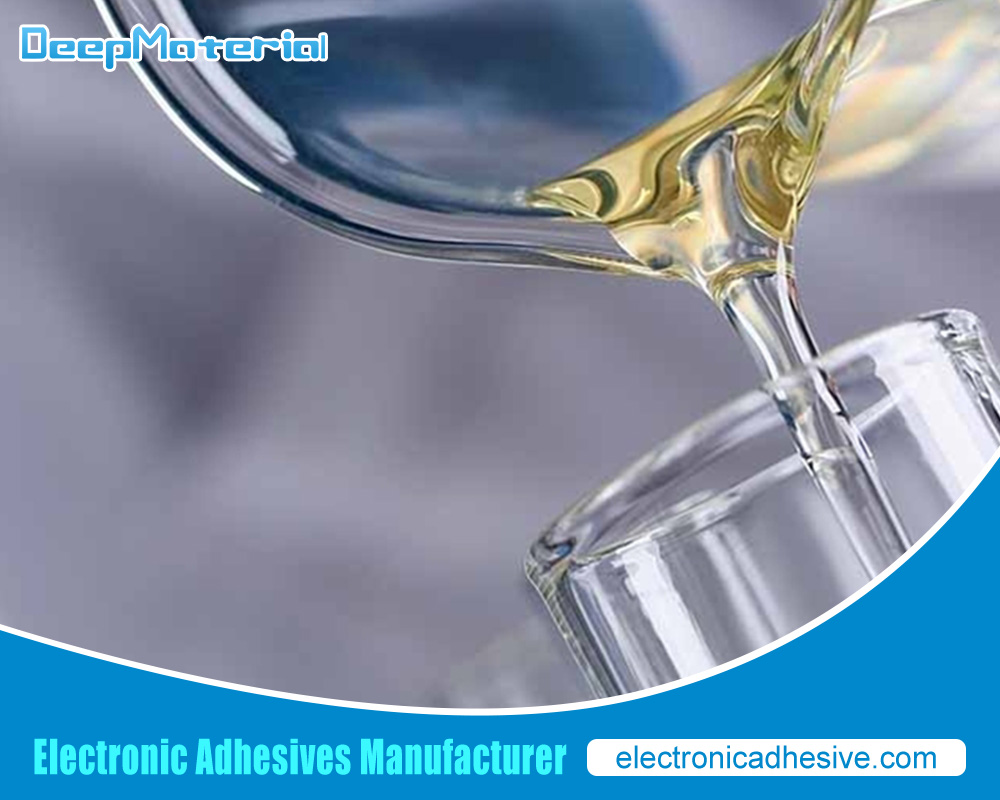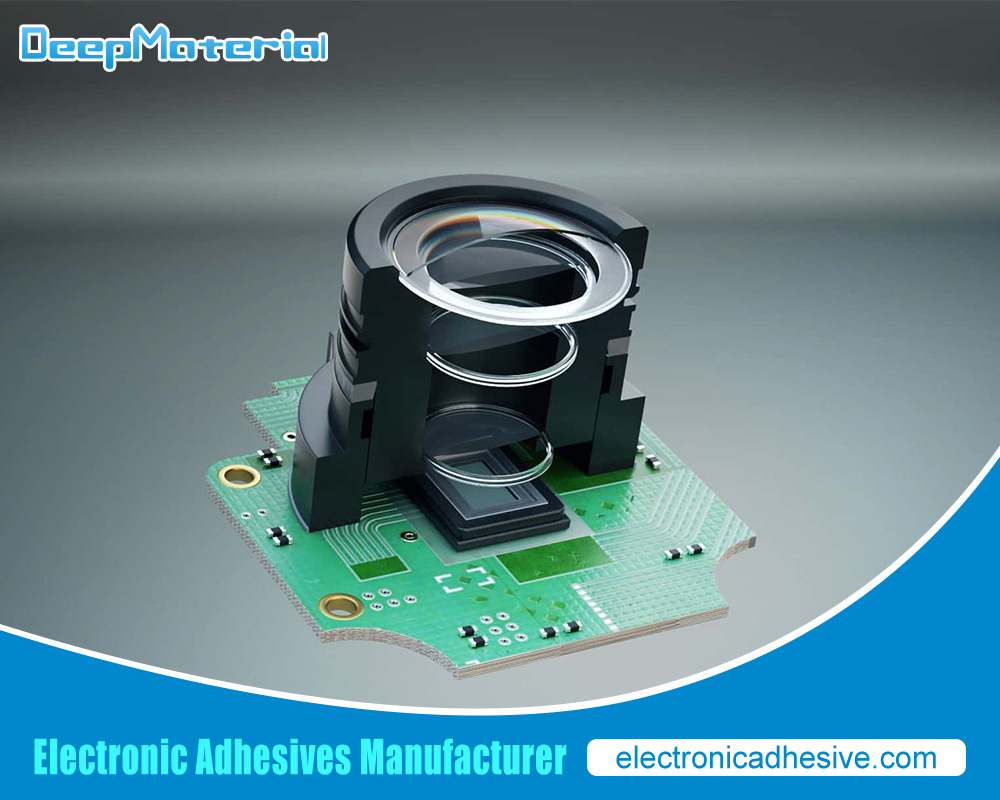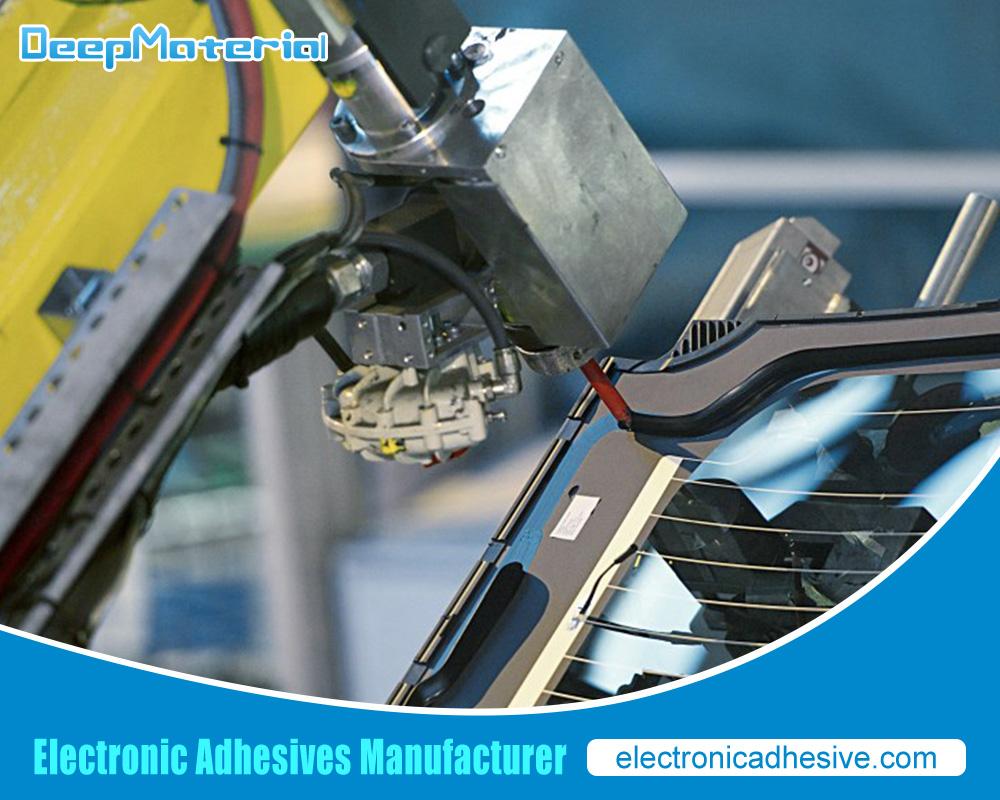Automatic Fire Suppression Systems for Vehicles: A Comprehensive Guide
Automatic Fire Suppression Systems for Vehicles: A Comprehensive Guide
Automatic fire suppression systems for vehicles are essential safety components designed to detect and extinguish fires before they escalate. These systems are crucial for various types of vehicles, including cars, trucks, buses, and off-road vehicles, as they help protect lives and property and reduce downtime. This article will delve into the importance of these systems, how they work, the types available, and their benefits and limitations.
Importance of Automatic Fire Suppression Systems
Protection of Lives and Property
Vehicle fires pose a significant risk to the occupants and surrounding property. According to the National Fire Protection Association (NFPA), vehicle fires account for a notable percentage of all fires, with the potential for severe injuries and fatalities. Automatic fire suppression systems act as a first line of defense by quickly detecting and extinguishing fires, protecting vehicle occupants, and minimizing property damage.
Prevention of Financial Loss
The financial implications of vehicle fires can be substantial. Beyond the cost of the vehicle itself, there are expenses related to property damage, legal liabilities, and potential insurance premiums. An effective automatic fire suppression system can mitigate these risks by reducing the likelihood of a fire spreading and lowering repair and replacement costs.
Compliance with Regulations
Many jurisdictions have specific regulations and standards concerning fire safety in vehicles, particularly for commercial and public transport vehicles. Implementing automatic fire suppression systems helps vehicle owners and operators comply with these regulations, avoiding potential fines and legal issues.

How Automatic Fire Suppression Systems Work
Detection Mechanisms
Automatic fire suppression systems employ various detection mechanisms to identify a fire. The most common methods include:
- Heat Sensors:These sensors detect rapid temperature increases, which indicate a fire. They are often placed in high-risk areas such as the engine compartment.
- Smoke Detectors:Smoke detectors sense the presence of smoke particles in the air. They are typically used in conjunction with heat sensors for comprehensive fire detection.
- Flame Detectors:These devices identify the presence of flames by detecting specific wavelengths of light emitted by fire.
- Combination Detectors:Some systems integrate multiple detection methods to enhance reliability and reduce false alarms.
Suppression Agents
Once a fire is detected, the system activates a suppression mechanism. The choice of suppression agent depends on the vehicle type and the specific fire risk. Common suppression agents include:
- Water:Often used with other agents, water is effective against fires involving solid materials but is less suitable for electrical fires.
- Foam:Foam agents smother the fire, cutting off the oxygen supply and cooling the flames. They are ideal for both liquid and solid fires.
- Dry Chemical Powders:These powders are versatile and effective against various fires, including electrical and flammable liquid fires.
- Clean Agents:Clean agents, such as FM-200 and CO2, are ideal for electronic and electrical fires because they do not leave a residue that could damage sensitive equipment.
System Activation and Control
Automatic fire suppression systems can be activated either manually or automatically. In an automatic system, once the detection mechanisms identify a fire, the system triggers the suppression agent release. Manual activation allows the vehicle occupants or operator to engage the system in an emergency.
Modern systems are often integrated with vehicle control systems, allowing real-time monitoring and diagnostics. This integration helps ensure that the system functions correctly and alerts in case of malfunctions.
Types of Automatic Fire Suppression Systems
Engine Compartment Systems
Engine compartment fire suppression systems are designed to protect the engine and surrounding components. These systems typically use a combination of heat sensors and suppression agents to address fires that can occur due to engine malfunctions or fuel leaks. They are essential for vehicles that operate under high-stress conditions, such as trucks and buses.
Cabin Systems
Cabin fire suppression systems are installed within the passenger compartment. They are essential for transport passengers, such as buses and recreational vehicles. These systems often use clean agents or foam to protect the cabin from fires that might originate from electrical faults or other sources.
Cargo Area Systems
Cargo area fire suppression systems are crucial for vehicles that transport goods or hazardous materials. These systems are designed to detect and extinguish fires in the cargo area, preventing the spread of fire to the rest of the vehicle. Depending on the cargo’s nature, they typically use foam or dry chemical powders.
Off-Road Vehicle Systems
Due to their operational environment, off-road vehicles, such as construction machinery and agricultural equipment, face unique fire risks. Off-road vehicle fire suppression systems are robust and designed to withstand harsh conditions. They often include comprehensive detection and suppression mechanisms tailored to the specific risks associated with these vehicles.
Benefits of Automatic Fire Suppression Systems
Rapid Response
One of the primary benefits of automatic fire suppression systems is their ability to respond quickly to fires. Unlike manual systems, which rely on human intervention, automatic systems can detect and extinguish fires in seconds, significantly reducing the potential for damage.
Reduced Risk of Injury and Fatalities
Automatic fire suppression systems help protect vehicle occupants and reduce the risk of injuries and fatalities by controlling fires before they spread. This is particularly important in vehicles with high occupancy or those operating in hazardous environments.
Lower Insurance Costs
Many insurance providers offer discounts to vehicle owners who install fire suppression systems. This is due to the reduced risk of significant damage and loss associated with these systems. Over time, the savings on insurance premiums can offset the system’s initial cost.
Minimal Downtime
Vehicle fires can lead to significant downtime, impacting operations and productivity. Automatic fire suppression systems help minimize downtime by preventing extensive damage and allowing for quicker repairs. This is especially beneficial for commercial vehicles and fleets.
Limitations of Automatic Fire Suppression Systems
Initial Cost
Installing automatic fire suppression systems can be expensive, particularly for high-end or specialized applications. The cost includes equipment and installation, which can be a significant investment for vehicle owners.
Maintenance Requirements
Regular maintenance is essential to ensure that fire suppression systems remain operational. This includes inspecting sensors, checking suppression agents, and ensuring the system is free from obstructions. Neglecting maintenance can result in system failure when needed most.
Potential for False Alarms
Although modern systems are designed to minimize false alarms, accidental activation is still possible. Factors such as extreme temperatures or engine vibrations can sometimes trigger the system. Proper calibration and maintenance are crucial to reducing the risk of false alarms.
Limited Effectiveness in Certain Situations
While automatic fire suppression systems are highly effective, they may only suit some types of fires or environments. For example, some systems may struggle with fires involving certain chemicals or materials. Understanding the specific fire risks associated with the vehicle is essential when selecting a suppression system.

Conclusion
Automatic fire suppression systems for vehicles play a crucial role in enhancing safety and minimizing damage in the event of a fire. By providing rapid response, protecting lives, and reducing financial losses, these systems are an essential investment for vehicle owners and operators. Understanding the different types of systems, their benefits, and limitations can help make informed decisions about fire protection. These systems will evolve as technology advances, offering even more excellent vehicle safety and reliability across various applications.
For more about choosing the Top Automatic Fire Suppression Systems for Vehicles: A Comprehensive Guide, you can pay a visit to DeepMaterial at https://www.electronicadhesive.com/ for more info.










